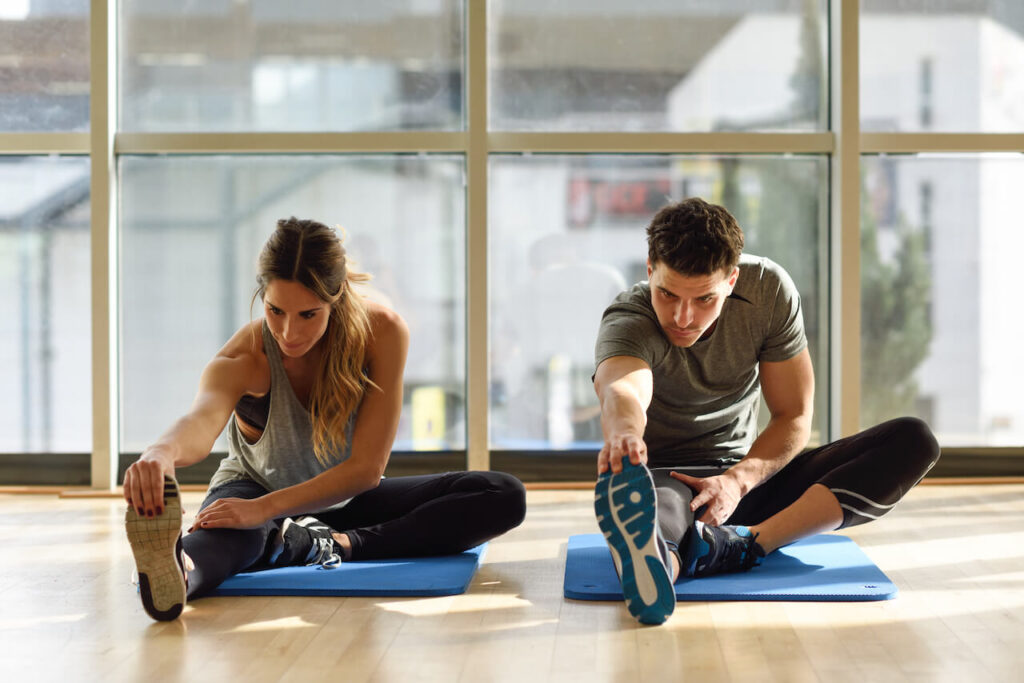Engaging in physical activity is essential for maintaining a healthy lifestyle, but joint pain can sometimes make it difficult to stay consistent with your workouts. Whether you’re a seasoned athlete or just starting a fitness routine, joint discomfort can arise from various factors such as overuse, improper technique, or muscle imbalances. The good news is that there are several proven methods to minimize joint pain during physical activity, allowing you to continue your fitness journey without discomfort. Below are practical strategies to keep your joints feeling good while you work out.
1. Start with a Thorough Warm-Up
A proper warm-up is the first step in preventing joint pain during exercise. Warming up gradually increases your heart rate, improves blood flow, and prepares your muscles and joints for the physical demands ahead. Spend at least 5–10 minutes performing dynamic movements like arm circles, leg swings, or gentle jogging. This helps lubricate the joints, increases flexibility, and reduces stiffness, setting the stage for a more comfortable workout.
2. Use Correct Technique and Posture
Using the correct form and posture during exercise is one of the most important ways to protect your joints and prevent pain. Poor form places unnecessary stress on your joints, leading to discomfort or injury. Whether you’re lifting weights, running, or practicing yoga, always focus on maintaining proper alignment. For example, keep your knees aligned with your toes during squats, and maintain a neutral spine while lifting. If you’re unsure about your technique, consider working with a trainer to ensure you’re using the correct movements.
3. Opt for Low-Impact Exercises
High-impact activities like running and jumping can put significant strain on your joints, particularly if you already experience discomfort. If you’re prone to joint pain, consider switching to low-impact exercises that are gentler on your joints. Swimming, cycling, rowing, or using the elliptical machine can provide a great cardiovascular workout while minimizing stress on the knees, hips, and lower back. These activities still offer effective results without the added pressure on your joints.
4. Strengthen Muscles Around Your Joints
Building strength in the muscles that surround and support your joints can help reduce pain and improve stability. Strong muscles help take the load off your joints, making movement more efficient and reducing discomfort. Focus on exercises that target key muscle groups, such as leg presses, lunges, squats, and core-strengthening exercises like planks. By strengthening these muscles, you provide your joints with better protection and reduce the risk of injury.
5. Incorporate Stretching and Mobility Work
Stretching and mobility exercises are key to maintaining joint health and reducing stiffness. Regular stretching increases flexibility, reduces tension in the muscles, and improves the range of motion in your joints. Incorporate both dynamic stretches before exercise to prepare your body and static stretches afterward to improve flexibility and encourage muscle recovery. Focus on areas that are prone to tightness, like the hips, shoulders, and hamstrings, to keep your joints mobile and free from discomfort.

